BenQ GL2580HM Review
BenQ GL2580HM
A by-the-numbers entry-level monitor
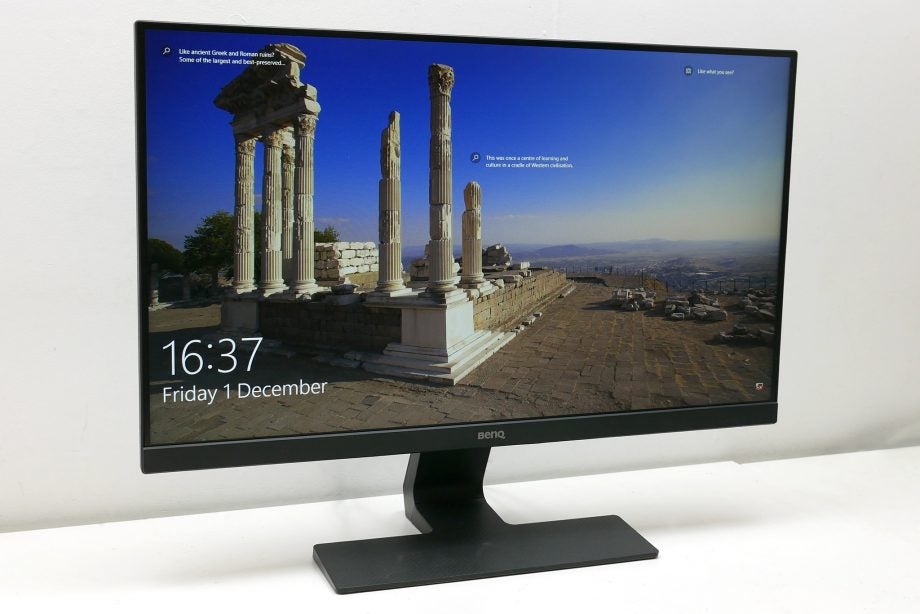
Sections
- Page 1 BenQ GL2580HM Review
- Page 2 BenQ GL2580HM – Image Quality and Verdict Review
Verdict
Pros
- Stylish frameless design
- Surprisingly good image quality
- Internal power supply
Cons
- Can get IPS LCD monitors for the same price
- No DisplayPort input
Key Specifications
- Review Price: £140
- 24.5-inch screen size
- 1920 x 1080 pixel resolution
- TN LCD panel
- Frameless design
- 250nits maximum brightness
- 1000:1 contrast ratio
- 1 x DVI, 1 x HDMI, 1 x VGA inputs
- 1 x headphone jack, 1 x audio in
- 2 x 1W Speakers
What is the BenQ GL2580HM?
The GL2580HM is a fairly typical entry-level monitor. It measures 24.5-inches from corner to corner, it has a 1080p resolution, and it uses the less desirable TN type of LCD, as opposed to IPS. However, this the reason it costs just £140.
Moreover, unlike many a cheap monitor, with the GL2580HM you get a sleek, “frameless” bezel. It also offers a decent connectivity, plus speakers are included too. If you’re in the market for a budget screen, it’s certainly worth considering.
BenQ GL2580HM – Design and build
The standout feature of the GL2580HM – considering its price – is its narrow bezel. The top and sides of the screen merge with the frame behind, leaving just a slight 1.5mm physical bezel. This significantly ups this monitor’s desk appeal, over a conventionally framed display.
Related: Best monitors
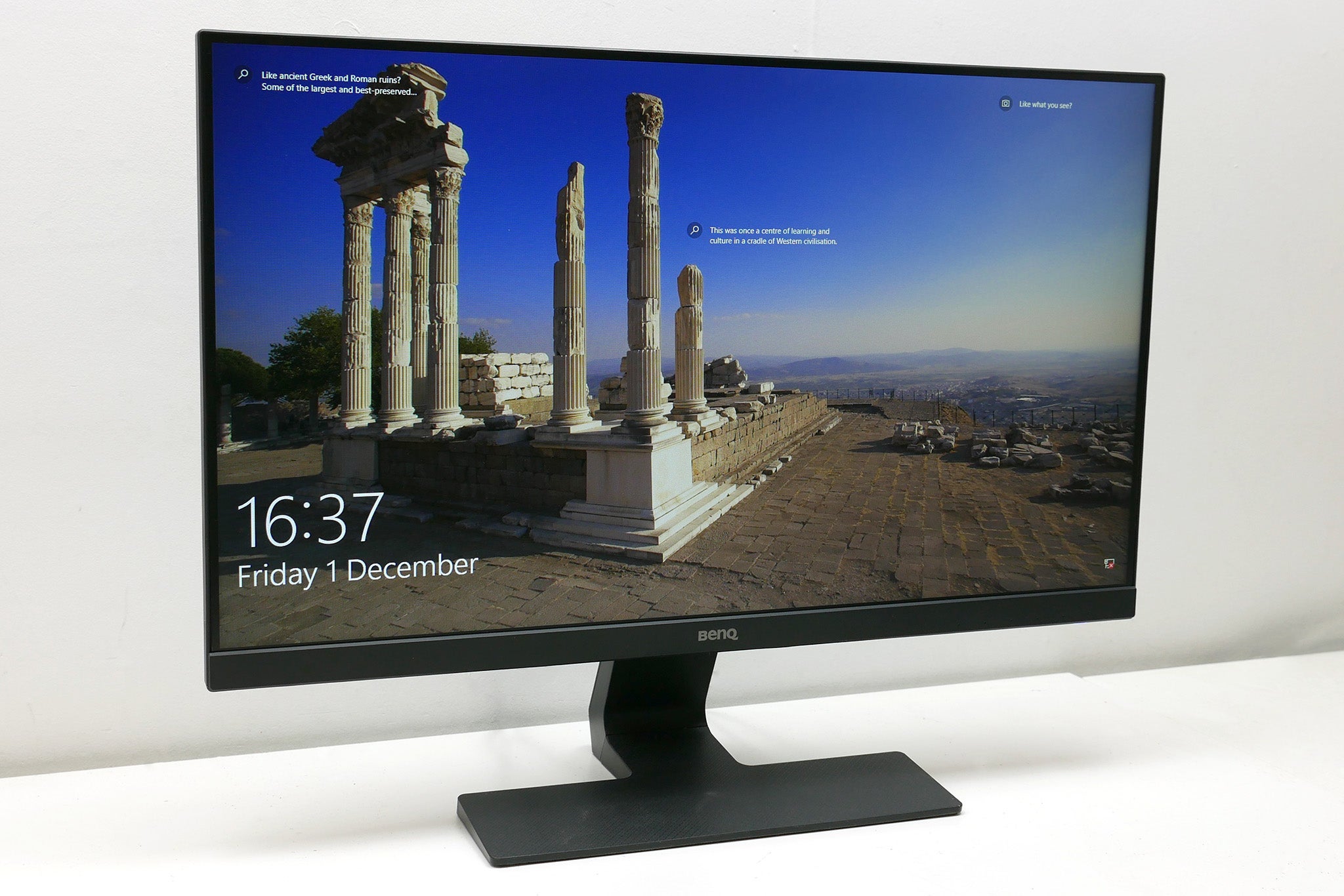
The choice of all-black for the rest of the display works well too. An Apple 5K display this isn’t, but this BenQ is no dumpy, cheap-looking panel either.
However, while the stand and frame may be stylish, they’re not particularly feature-packed. Most notably, the stand offers only a slight back and forth tilt adjustment, with no height or swivel adjustment at all. Instead, those who want a display that they can move around more easily will have to take advantage of the 100 x 100mm VESA mount on the rear.
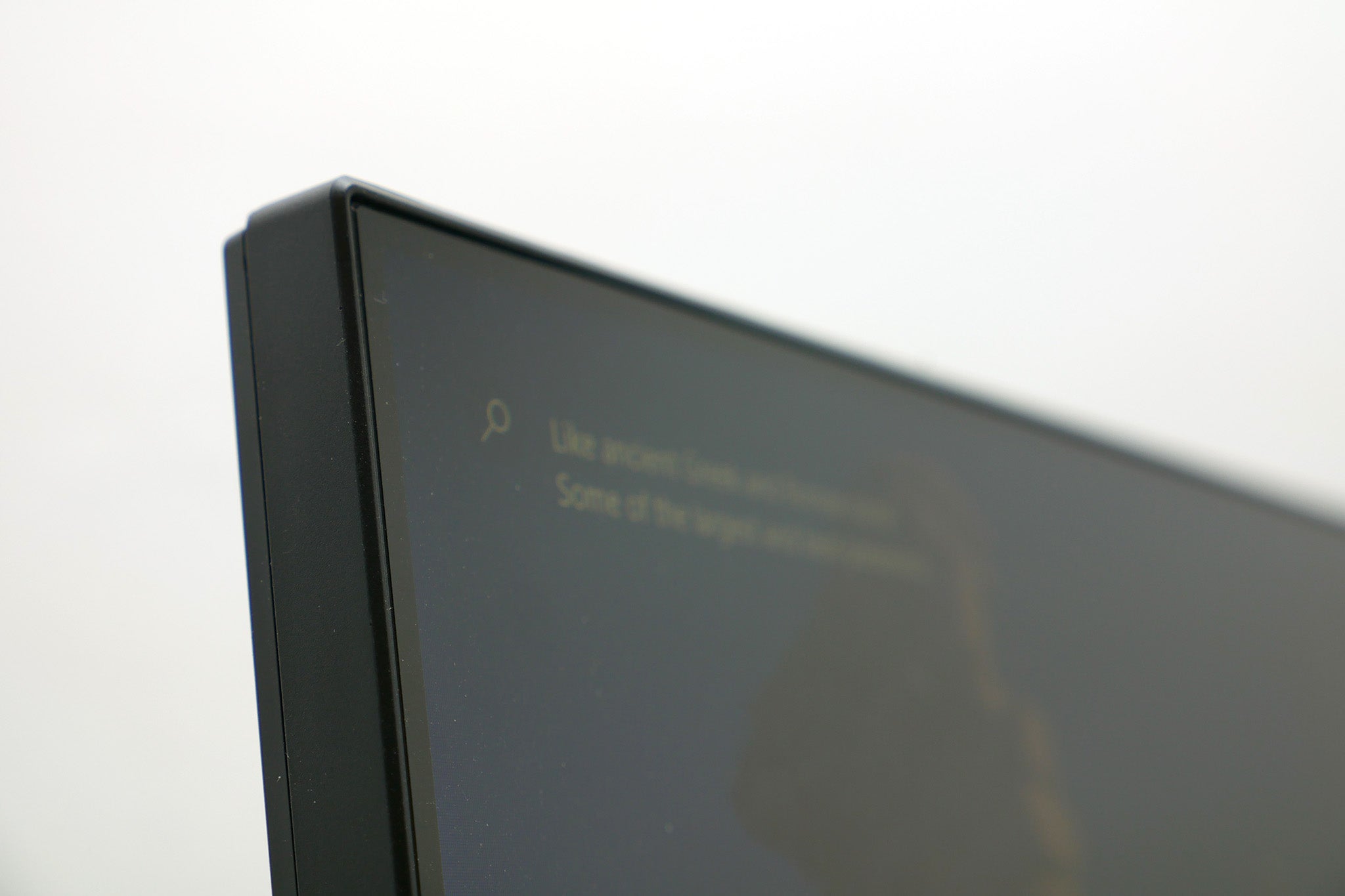
The BenQ GL2580HM also doesn’t offer anything in the way of extras. There’s no USB hub, no headphone stand and no gaming features – but it’s as you’d expect for the price.
There are a couple of niceties, though. The power supply here is internal, so you’re not lumbered with an annoying power brick.
Connectivity is also decent with one DVI, one HDMI and one VGA port. For anyone with a reasonably modern computer, an extra HDMI or a DisplayPort would have been more useful than the DVI and VGA, but they’ll be handy for backwards compatibility.
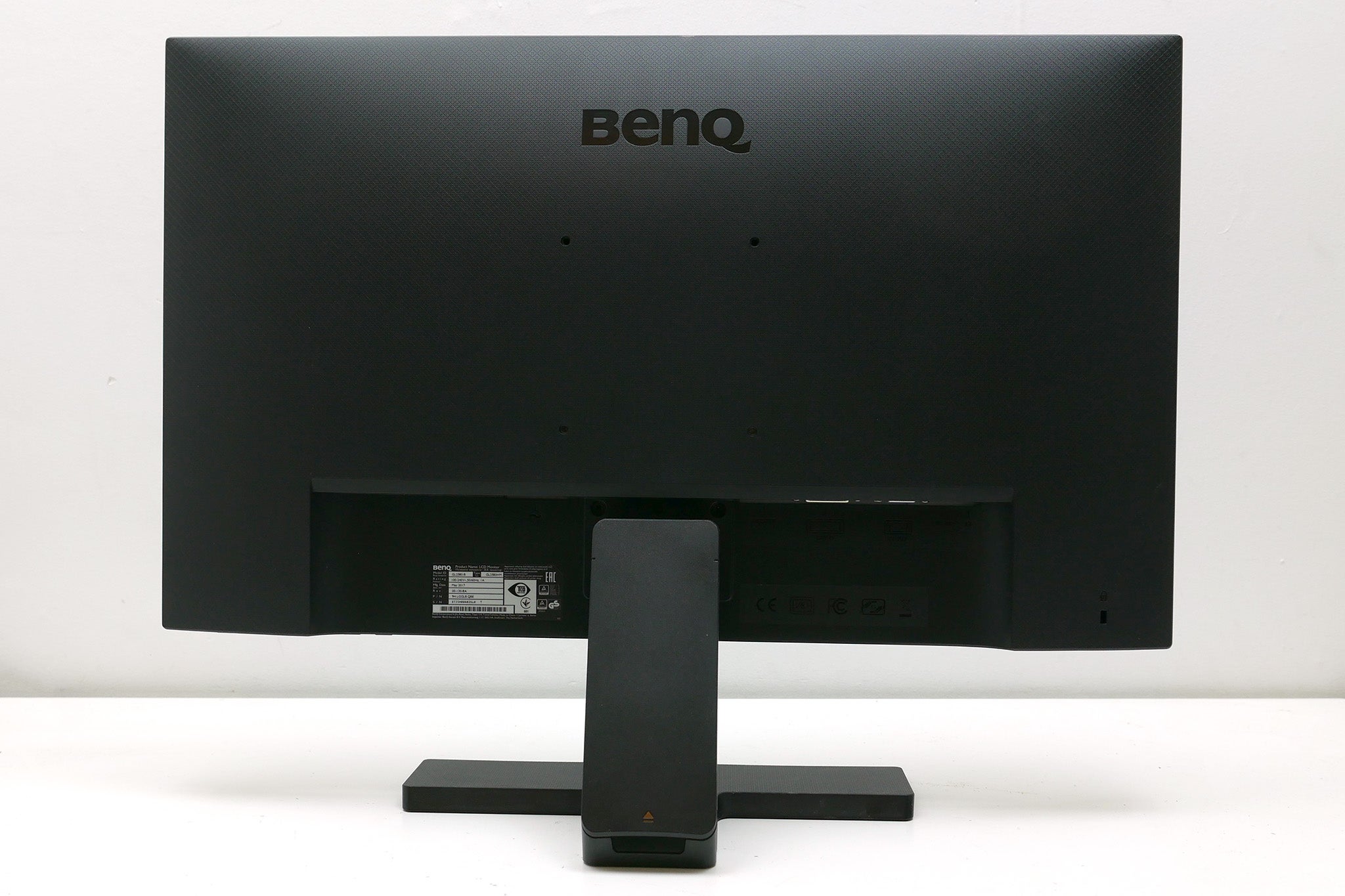
On this HM version of the GL2580 you get speakers and an audio input, enabling you to pipe music to the screen when using DVI or VGA. Meanwhile, the GL2580H version drops the speakers and audio input and is around £10 cheaper. Both models include a headphone jack.
For the gamers out there, the GL2580HM doesn’t have too much to shout about. Its TN panel means pixel response time is just 2ms, but the monitor is only rated to refresh at up to 60Hz. However, I was able to get the monitor running at 75Hz by creating a custom resolution in AMD’s drivers, so you can eek out a few extra FPS.
Notably, though, you don’t get FreeSync. This is a feature that can make games look better by reducing image tearing and stutter, and it’s relatively common even on cheap displays.
BenQ GL2580HM – OSD and setup
The GL2580HM has five buttons on the underside of its frame that are used to control its onscreen display (OSD). These aren’t quite as intuitive as the joystick on the LG 23MP68VQ-P, but are still easy enough to use. Crucially, the buttons are nice and large, so are easy to feel your way around. Also, the layout of the menus means it always feels reasonably natural as to which button you should press next.


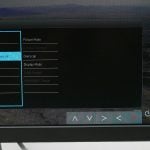

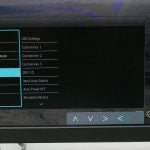
You get a comprehensive set of options for setting up the display. All the basics such as brightness and contrast are present, plus you get colour temperature, saturation and gamma settings. These options are often lacking in cheaper displays. Their inclusion here means it’s easy to dial in just the right colour balance.
As for gaming, there’s only a single option available to tweak: Advanced Motion Acceleration, or AMA. This is just another term for overdrive, which is where a higher voltage is applied to each pixel to make it transition faster. It can slightly reduce some of the blurriness associated with LCD screens, although here it seemed to make very little difference.

